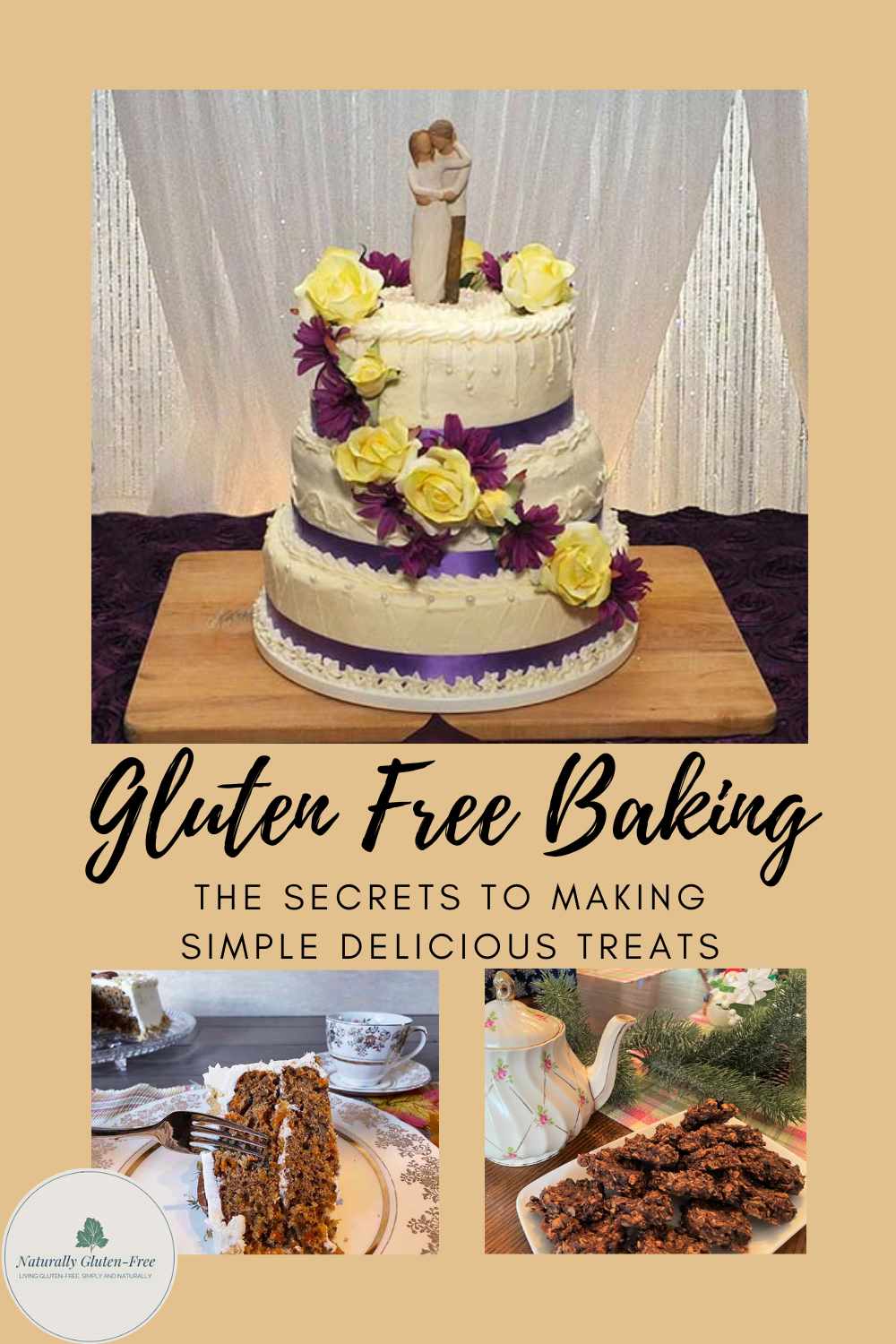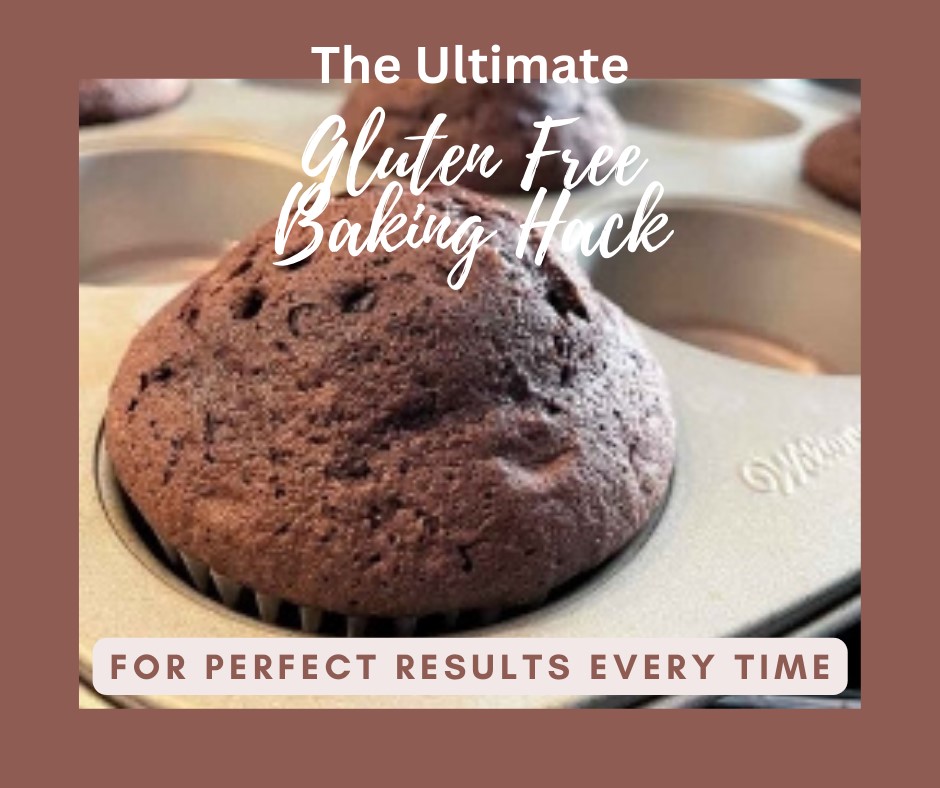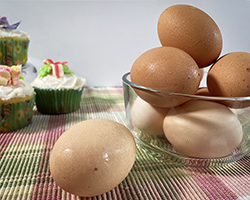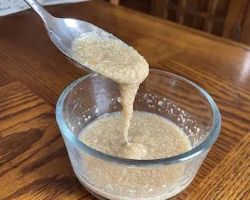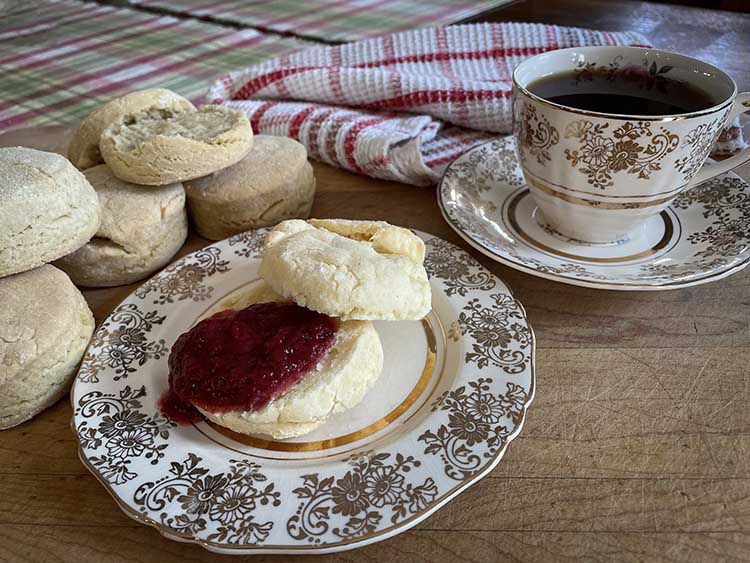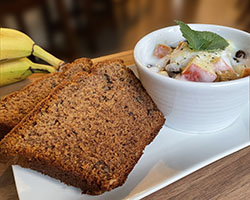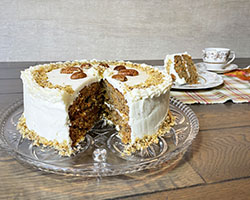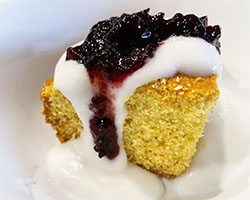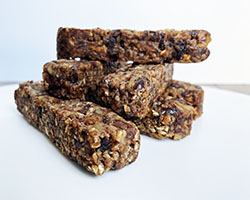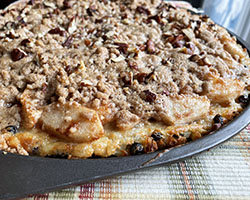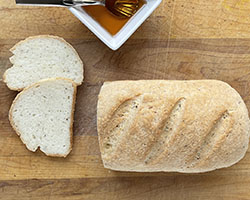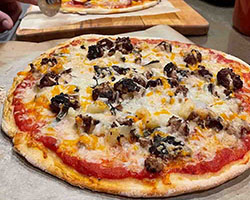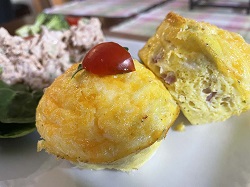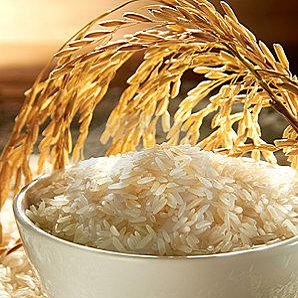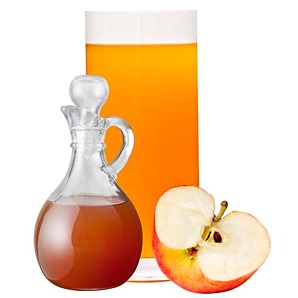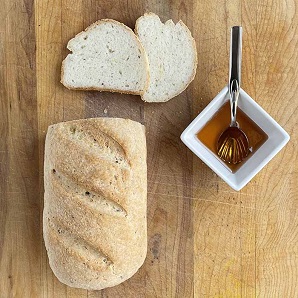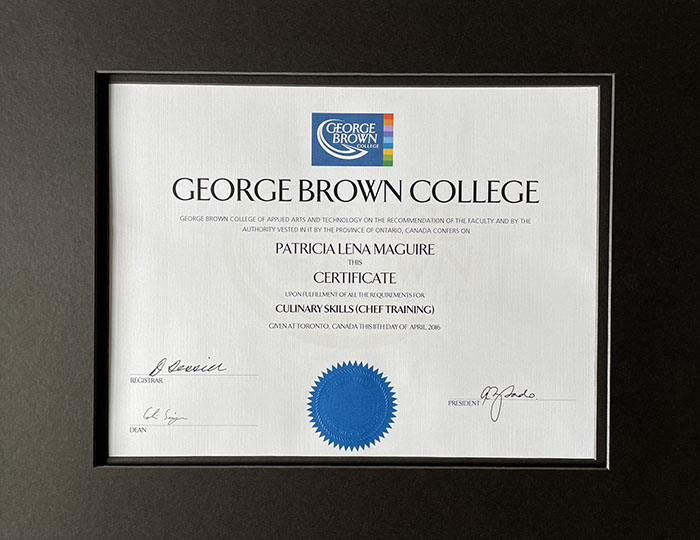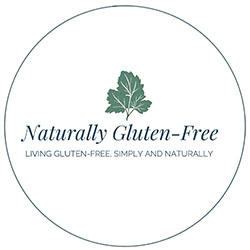- Home
- Gluten-Free Baking
These Gluten Free Baking Secrets Will Help You Create Simple Delicious Treats
Would you like to learn how to make sweet, delicious gluten free treats but you're confused about gluten free baking?
Are you wondering why your gluten free cakes and muffins aren't rising the way they should and your pastry doesn't hold together?
Pin for Later
Baking without gluten is different from conventional baking because gluten is such an integral part of the process. In this article, I'll explain how gluten works in baking and answer lots of questions so you can make gluten free treats you'll enjoy and be proud of.
How Does Baking Work?
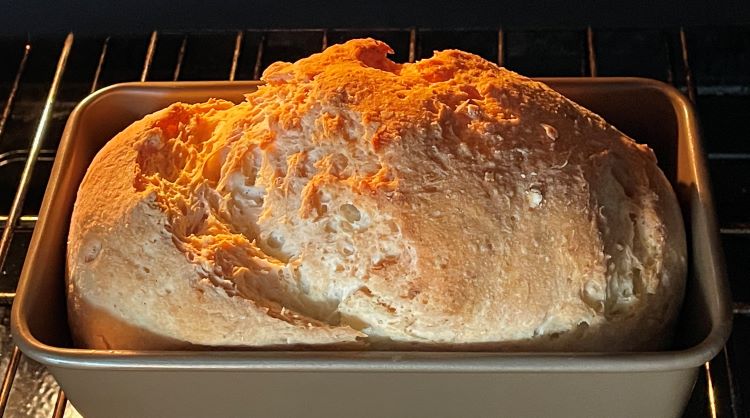
Baking means “to cook foods by surrounding them with hot dry air”1. This usually means in an oven.
Baking and roasting are the same, but we usually use the term “baking” for things made with flour like breads, cakes, cookies, and pastries. They are often meant to “rise” and then hold their shape. Baking can also refer to smaller cuts of meat like fish or a chicken breast.
Rising happens when gas bubbles form inside the batter or dough and then expand. Those bubbles are made by a “leavener” like yeast, baking soda, baking powder or a combination. Eggs also help with rising. This Mini Omelet Muffin recipe for example has no leavener, yet the muffins rise beautifully.
What Does Gluten Do in Baking?
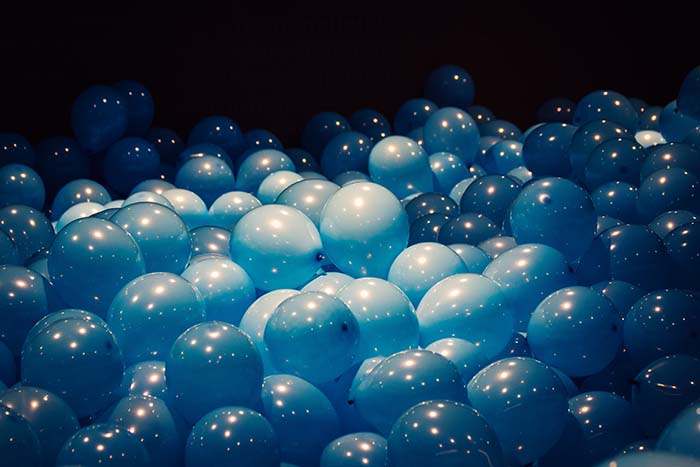 Photo by Edi Libedinsky on Unsplash
Photo by Edi Libedinsky on UnsplashGluten is a protein found in wheat, rye, and barley. It’s special because it becomes sticky and stretchy by adding water then activating it by mixing or kneading.
Gluten forms a sort of lattice or membrane that can stretch and hold trapped gas, kind of like rubber of a balloon. As you add air to the balloon, it stretches and gets bigger.
In bread or a cake, the gluten holds the trapped gas that is made by the leavener (yeast, baking powder, baking soda) so that the item can rise and then hold its shape.
The Science Behind Gluten Free Baking
How Does Gluten Free Baking Work?
Gluten free baking works the same as regular baking, with one big exception. There is no gluten to hold in the trapped gas.
- It uses flour, but it must be gluten free flour.
- It uses leaveners like yeast, baking powder and baking soda.
- It involves cooking foods by surrounding them with hot dry air, in an oven.
But, something needs to do the job that gluten should be doing. Something needs to make the batter or dough sticky so it holds together and can keep those gas bubbles trapped as the cake or bread starts to rise.
What Are Emulsifiers and How Do They Work in Gluten Free Baking?
Emulsifiers help substances to mix that wouldn’t normally mix. You may notice if you make your own salad dressing, the oil and vinegar will separate, but the salad dressings you buy in the supermarket don’t separate. They have an emulsifier called xanthan gum added to them.
In gluten free baking emulsifiers are added to gluten free flour to make it sticky when water is added. They do the job that gluten would be doing by helping to hold the trapped gas as the item rises.
What Are the Best Emulsifiers to Use?
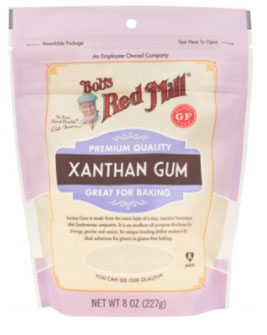
The two most common emulsifiers in gluten free baking are xanthan gum and guar gum. They are white powders that are added to the flour and are interchangeable. It doesn’t matter which one you use.
Many gluten free flour blends already have a gum added, but be sure to check. If your flour doesn’t then you’ll need to add your own. For cookies or cakes, 1/4 teaspoon per cup of flour will work well. For gluten free bread you’ll need more. Depending on the recipe you may use one or two teaspoons of gum per cup of flour.
You can buy xanthan gum and guar gum online, in the specialty foods aisle at the grocery store or at the health food store.
Other Emulsifiers Used in Gluten Free Baking
Some people find that xanthan gum or guar gum upset their stomachs. If that's a problem for you there are some other options:
- psyllium husk
- ground flax seed
- gelatin
- ground chia seeds
Why Do My Gluten Free Cakes Go Flat?
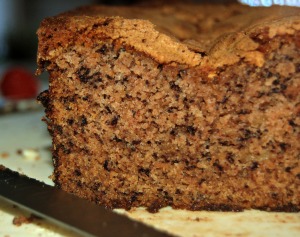
The problem with these emulsifiers is that they don’t work as well as gluten. Some of the gas will escape. That’s why gluten free baked goods are usually smaller and denser than baked goods made from wheat flour.
To make up for the escaping gas problem, most gluten free recipes call for more leaveners than regular recipes. This means more baking powder or baking soda and more eggs. Some also substitute water for soda water to add more gas bubbles.
What Are Some Tips to Improve Gluten Free Baking And Keep Baked Good From Going Flat?
- Use a little more baking powder
- Use a little more xanthan gum
- Add a tablespoon of ground flaxseed to the recipe
- Make sure the item is fully cooked.
- When done, turn the oven off, open the door slightly and let your item cool slowly as the oven cools.
Why Do Some Gluten Free Baked Goods Have a Metallic Taste?
You may notice some gluten free baked goods have a metallic taste. There are two possible reasons for this.
- There could be too much baking soda.
- Baking powder contains cream of tartar which can impart a metallic taste if too much is used.
Is Baking Soda Gluten Free?
Baking soda has one ingredient, sodium bicarbonate and is naturally gluten free. Where you have to be careful is with cross contamination. If you’ve baked with wheat flour then dipped your measuring spoon into the baking soda without washing it, you've contaminated your baking soda. That’s why I recommend discarding old baking soda or baking powder when you’re setting up your pantry .
Baking soda needs an acid, like vinegar, lemon juice or sour milk to make it release gas bubbles.
Is Baking Powder Gluten Free?
Baking powder contains baking soda plus a powdered acid like cream of tartar and starch like cornstarch. When you add liquid the baking soda and acid combine to make gas bubbles, so there is no need for an acid like lemon juice or vinegar.
Always check the label when you buy baking powder to make sure it is gluten free. Most will be, but some may contain wheat starch instead of cornstarch.
Also watch for cross contamination and make sure your baking powder has not had a floury spoon dipped into it.
Is Yeast Gluten Free?
Yes. Yeast is a microscopic plant that “eats” carbohydrates like sugar and produces carbon dioxide gas and alcohol. The gas makes your bread rise. The alcohol is useful for making wine or beer. Yeast that you buy for baking is gluten free. There are a few things to watch for though.
- Make sure your yeast is not contaminated with wheat flour.
- Avoid brewer’s yeast. It is a by-product of beer making that some people take as a nutritional supplement. It is not safe for celiacs.
What Kind of Flour is Used for Gluten Free Baking?
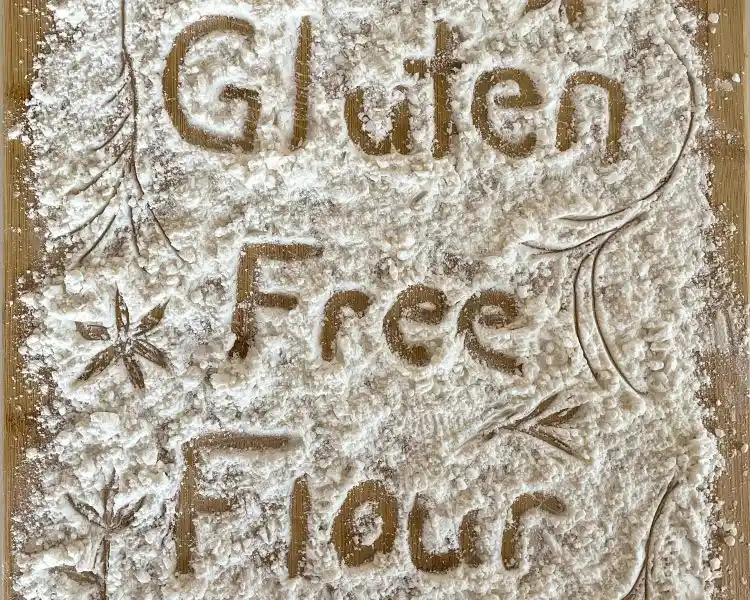
We know that wheat flour contains gluten. So do flours made from rye and barley. What does that leave?
Flour can be made from any grain that can be ground into a fine powder. Even beans and chickpeas can be made into flour.
There is no one flour that can replace wheat flour, so we end up blending different types of flour to get the right protein and carbohydrate ratio and flavor. For more on gluten free flour go here.
What Are the Best Gluten Free Baking Recipes?
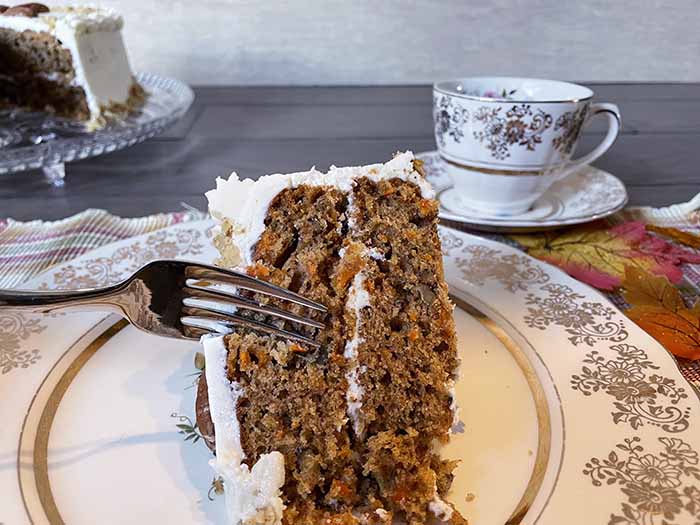
The best gluten free baking recipes are for things that don’t need to rise too much or aren’t expected to have a light, fluffy texture. Things like:
- muffins
- cookies
- brownies
- carrot cake
- fruit cake
- banana bread
- zucchini bread
- corn bread
- squares
You may notice if you go to a restaurant that offers a gluten free dessert, it’s usually a brownie, or carrot cake. Coffee shops often have gluten free banana bread or zucchini bread. The reason is that these things are naturally dense, so it matters less that there is no gluten to help them rise and hold their shape.
Cookies also convert nicely to gluten free. You may even be able to use your old recipes and just change the flour. In Canada, the peanut butter cookie recipe on the Kraft peanut butter jar is naturally gluten free. Oatmeal cookies are easy to make gluten free. I’ve even converted my mom’s shortbread recipe to gluten free.
Squares, crisps and crumbles also work well. They don’t rise, so switching the flour to your favorite gluten free blend will likely work just fine.
Gluten Free Baking Mixes
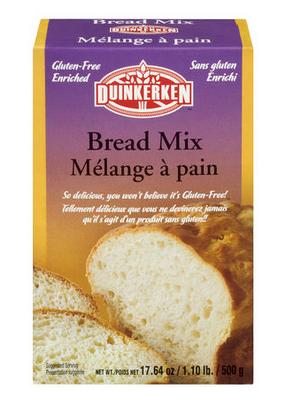
I guess some people think using a mix is cheating, but for me I think sometimes it's a convenience that just makes sense, especially if you're not a particularly experienced baker.
Gluten free baking can be tricky so why not take advantage of a little help.
My favorite brand is Duinkirken and I make their biscuits and bread often. For a sweet treat I'll mix up some Bob's Red Mill brownies.
The national brands like Betty Crocker have gluten free cake mixes that taste good and bake up quit nicely.
Check out the products page for some of my favorite mixes.
Recipes
These are some of my favorite gluten free baking recipes. I often make my gluten free carrot cake for birthdays and special occasions. My flourless cornbread is my husband's favorite and he's not even gluten free.
Sources:
1. Gisslen, W., & Griffin, M. E. (2002). Glossary and Cooking Vocabulary. In Professional cooking for Canadian chefs (p. 1062). essay, John Wiley & Sons.
Home > Gluten-Free Baking
